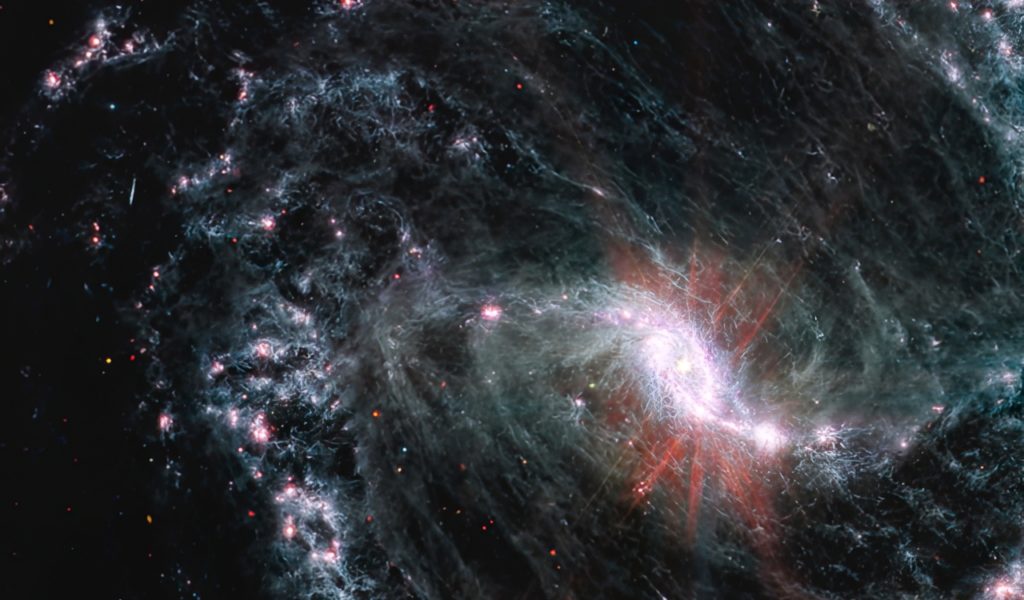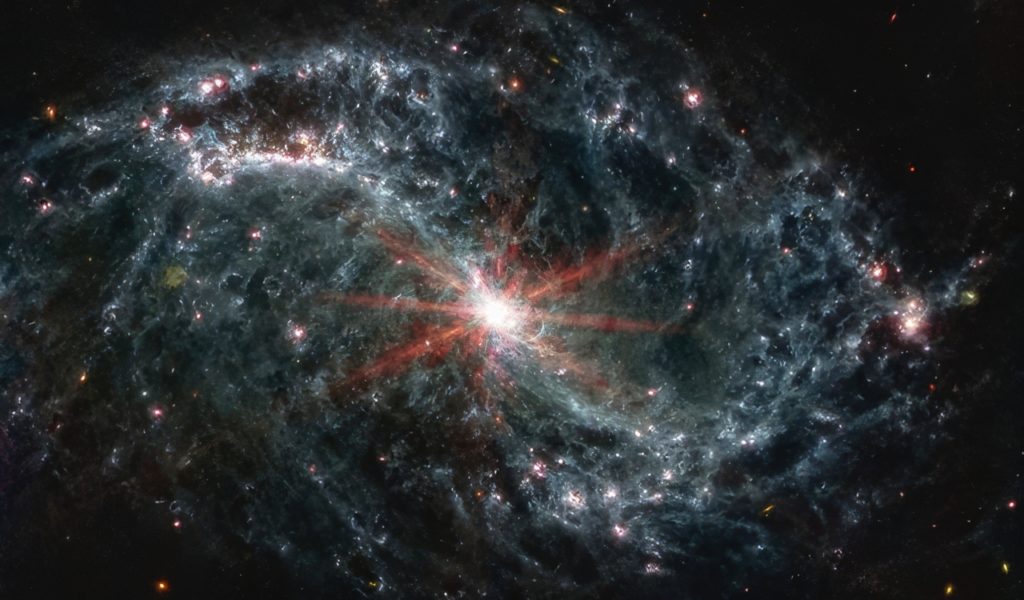The James Webb Telescope captured more amazing images, yet again in amazing detail. The telescope, using its infrared technology, captured images of a slew of galaxies. A few show newborn stars shaping their surroundings, which is giving astronomers more information about how stars and galaxies grow together.
Janice Lee, astronomer for the University of Arizona, claimed “We were just blown away” when they saw the new images for the first time. Janice was among more than 100 other astronomers that were the first to see the images back in February.
For those unaware, the James Webb Telescope might take impressive images but they do not come out like you see them here. They have to be altered for clarity purposes. This is mostly due to the fact that they are being taken in infrared initially, among other reasons.
The recent look at these images came to us in a special issue of the Astrophysical Journal Letters. While these images might be incredible, more amazing images are upcoming due to what was planned before the telescope ever launched.
The Missions For The James Webb Telescope

Before the James Webb Telescope launched into space in December 2021, Lee and her colleagues picked 19 different galaxies that could reveal new details regarding the life cycles of stars. The hope was that if the telescope took images of them, they could potentially put some hypothesis to bed while being able to prove others.
All of the galaxies they picked were within 65 million lightyears of the Milky Way. While that might be pretty far to us, by cosmic standards, that is incredibly close. Each of the galaxies picked has different types of spiral structures.
While teams had observed these galaxies at many observatories, parts of the galaxies always looked flat and featureless. Lee commented about this, claiming:
“With [JWST], we’re seeing structure down to the very smallest scales. For the first time, we’re seeing the youngest sites of star formation in a lot of these galaxies.”
Being able to see so much with these images is crucial to these astronomers, as they can now see things no other observatory could offer them. The fact that the James Webb Telescope is in space gives it an edge anyway. It is not going to have to deal with the atmosphere, problematic weather, or anything that causes issues with telescopes on the ground.
What Did We See With The New Images?

In the new images, we’re seeing galaxies pitted with dark voids. It seems the voids are appearing within glowing strands of gas and dust. To learn more about these voids, these astronomers had to turn to the previous Hubble Space Telescope images.
Hubble saw newborn stars whereas Webb saw black pits. The astronomers came to the conclusion that the voids in the James Webb images are likely bubbles carved out of the gas & dust by high-energy radiation from newborn stars in their centers.
They point out that it’s unlikely these newborn stars are the only stars shaping the galaxies. When the most massive stars explode, they’re able to push around surrounding gas even more. Some of the larger bubbles the James Webb Telescope spotted also have smaller bubbles on their edges.
These could be the spots where the gas pushed out by exploding stars started the process of building new stars.
Astronomers are wanting to compare these processes in different types of spiral galaxies. The hope is that it will help them understand how galaxy shapes and properties affect the lifecycles of their stars. Theoretically, it will also offer insight into how galaxies grow and change with their stars too.
Lee was quoted on this, stating:
“We’ve only studied the first few [of the 19 chosen] galaxies. We need to study these things in the full sample to understand how the environment changes … how stars are born.”